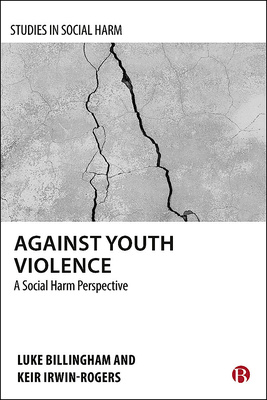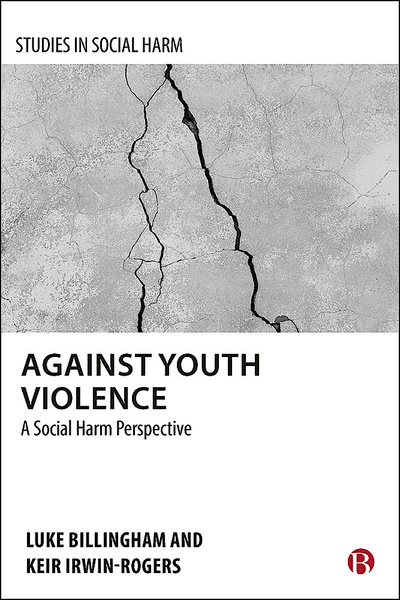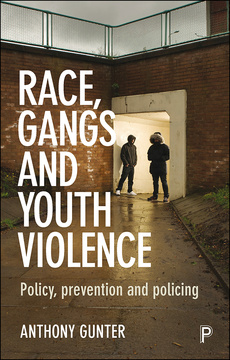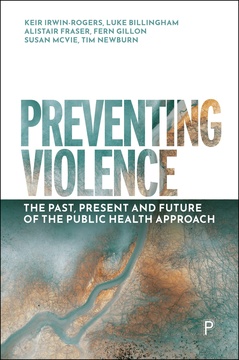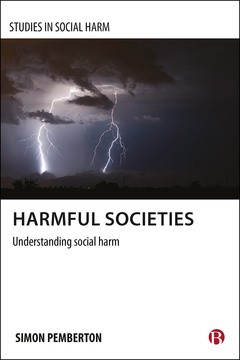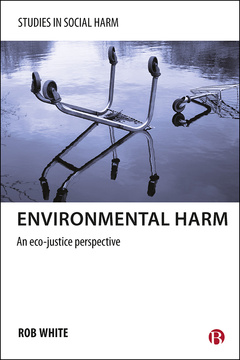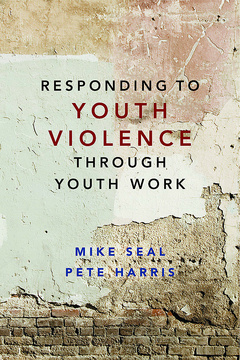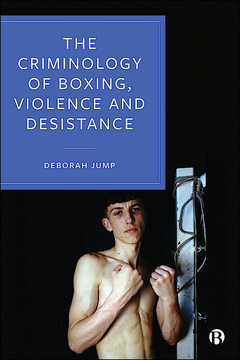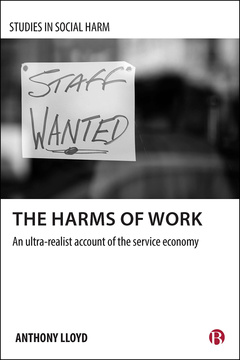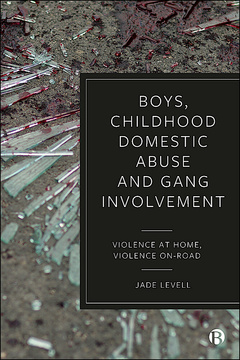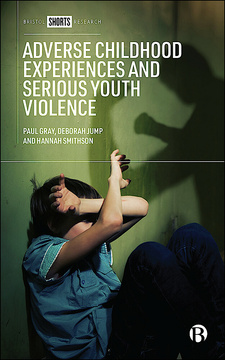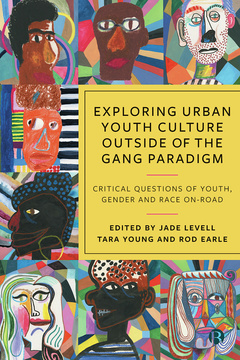ISBN
978-1529214062Dimensions
234 x 156 mmImprint
Bristol University PressISBN
978-1529214055Dimensions
234 x 156 mmImprint
Bristol University PressISBN
978-1529214079Imprint
Bristol University PressISBN
978-1529214079Imprint
Bristol University PressFor many children and young people, Britain is a harmful society in which to grow up. This book contextualizes the violence that occurs between a small number of young people within a wider perspective on social harm.
Aimed at academics, youth workers and policy makers, the book presents a new way to make sense of this pressing social problem. The authors also propose measures to substantially improve the lives of Britain’s young people in areas ranging from the early years to youth services and the criminal justice system.
“This fascinating book disrupts what we know or think about youth violence. A call to arms to recognize the potential of young people and the social harms they suffer in our current political climate.” Deborah Jump, Manchester Metropolitan University
“The environment we expect children and young people to thrive in is often brutal. This plea for us all to ensure they truly matter is long overdue. If you read only one book about these complex issues, make it this one. I applaud it.” Sherry Peck, Chief Executive, Safer London
“The central message of this thoughtful book is that if we stop harming young people, they will be less likely to harm each other. Yet our policies continue to deprive and demean children and youth. No one should be surprised at the result.” Elliott Currie, University of California, Irvine
Luke Billingham is a youth and community worker at Hackney Quest and Research Associate at The Open University.
Keir Irwin-Rogers is Senior Lecturer in Criminology at The Open University.
Introduction: Against Youth Violence and Against ‘Youth Violence’
A harmful society
Why are we ‘against youth violence’?
Structure and style
1. The Nature and Scale of Interpersonal Violence in Britain
Introduction
Sources of data: strengths and limitations
Interpersonal violence in England and Wales
Interpersonal violence in London
Conclusion
2. Developing an Approach to Social Harm
Introduction
Why not simply focus on ‘crime’ in children and young people’s lives?
From crime to social harm
Our approach to social harm
Conclusion
3. The Importance of Mattering in Young People’s Lives
Introduction
The importance of mattering
An insecure society? Social changes and global processes affecting young people’s sense of mattering in Britain today
Conclusion
4. Social Harm and Mattering in Young People’s Lives
Introduction
Poverty and inequality
Declining welfare support: under-resourced communities and social care systems
Schools and education
Unemployment and ‘marginal work’
Housing and homelessness
Harm and subjectivity, structure and agency
Relative prevalence of social harms
Conclusion
5. Social Harm, Mattering and Violence
Introduction
The functions of violence and the factors most commonly associated with it
Social harm, the struggle to matter and the propensity to engage in violence
Conclusion
6. Harmful Responses to ‘Youth Violence’
Introduction
An age-old mythology perennially resurfacing with ‘perpetual novelty’
Demonize them
Punish and control them
Save them
Conclusion
Conclusion: Towards a Less Harmful Society for Young People
Introduction
The central arguments of this book: social harm, mattering and violence between young people
2030: a near-future dystopia
The changes that we need to improve life for Britain’s young people
Address harm, reduce inequality, enhance care







